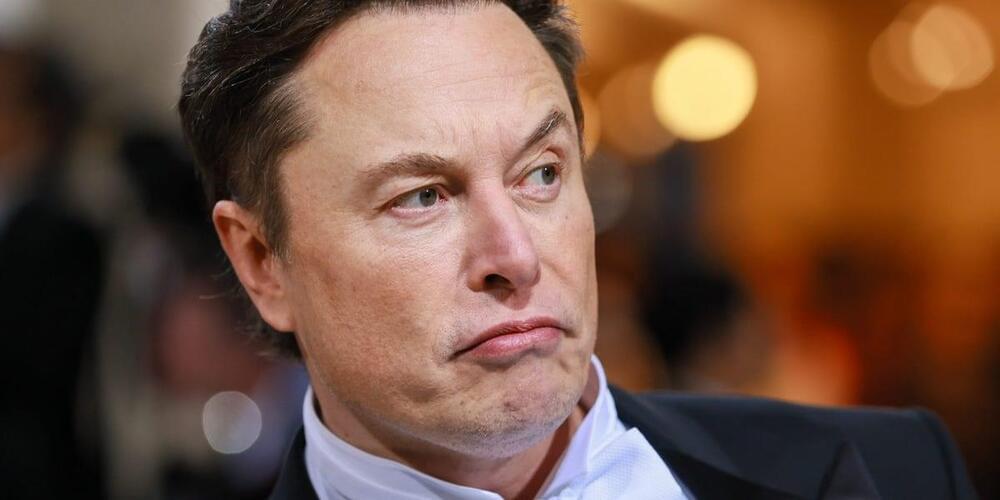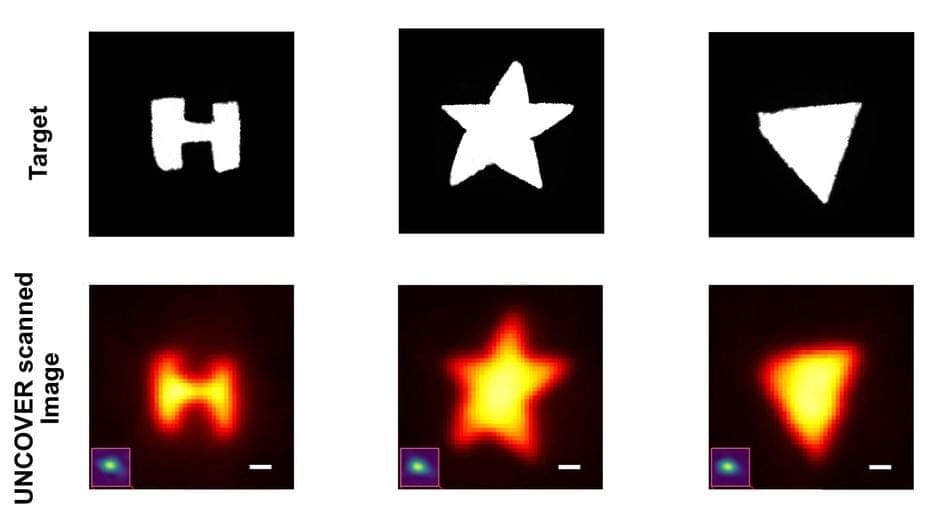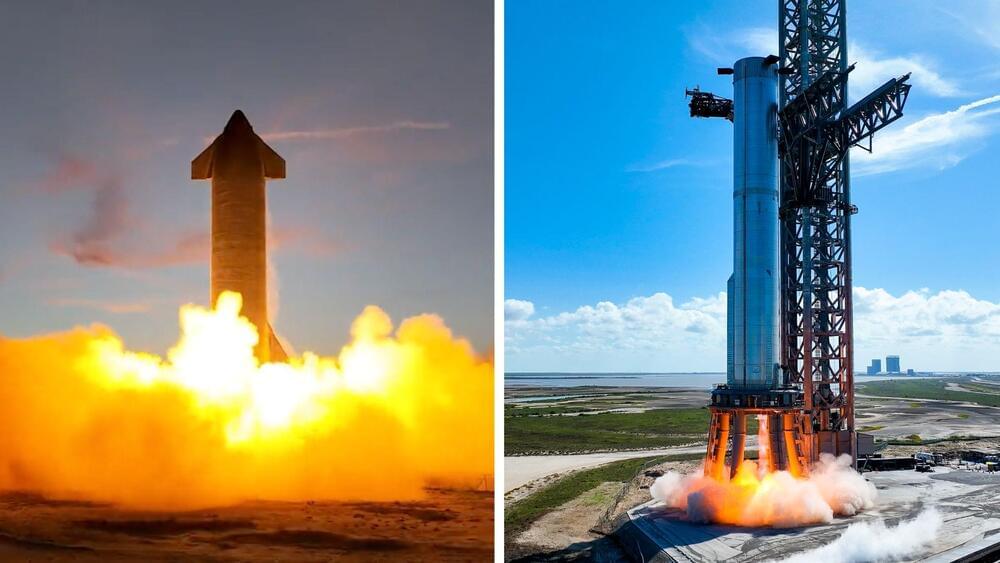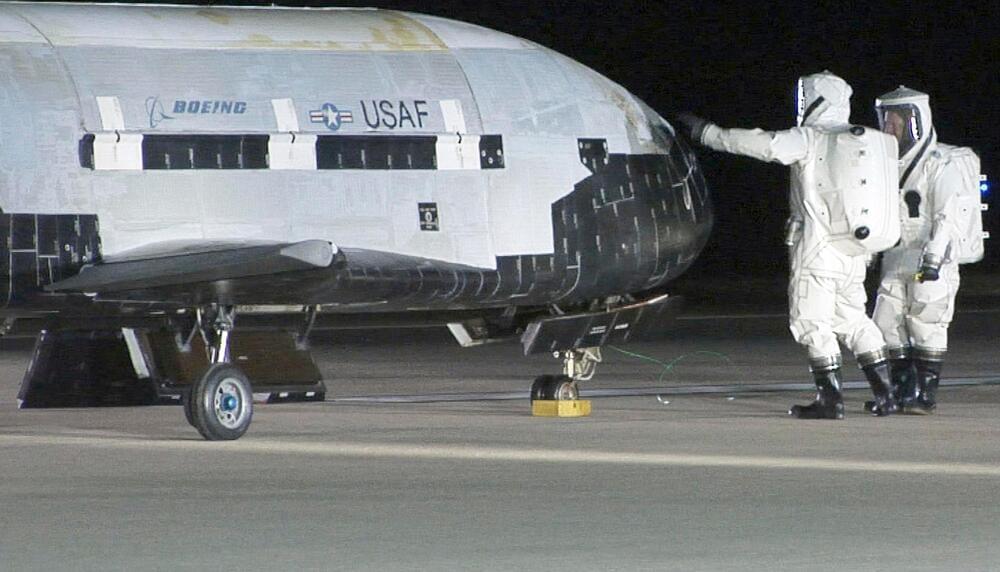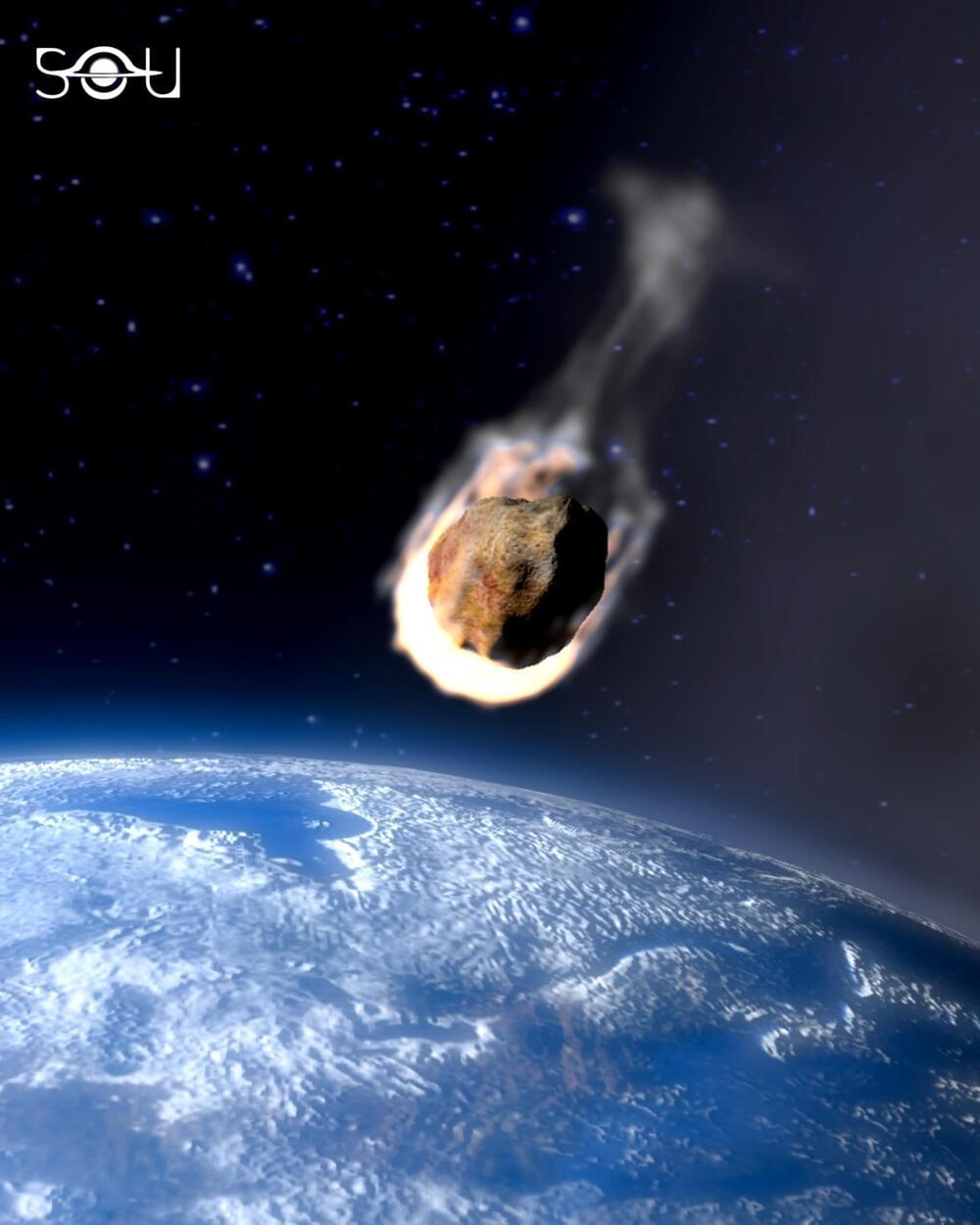He was the first expert on the scene after two farmers found pieces of fallen space machinery.
How do you identify a piece of space debris that’s partially burned up on re-entry before falling down to Earth like a comet? It turns out that, in the case of a piece of SpaceX’s Crew-1 capsule that recently came crashing down onto a sheep field in Australia, it wasn’t too hard at all.
Before he saw the piece of fallen space machinery in person, Dr. Brad Tucker, an astrophysicist from the Australian National University, was pretty sure it was going to be a piece of Crew-1, he tells IE in an interview.
Full Story:
Dr. Brad Tucker was the first expert on the scene after two farmers found pieces of space debris, now known to have come from SpaceX’s Crew-1 mission.

